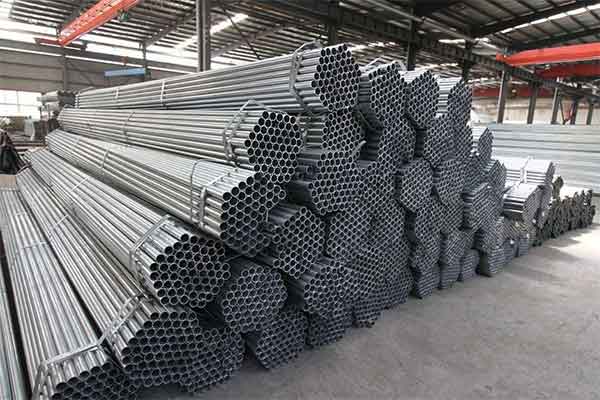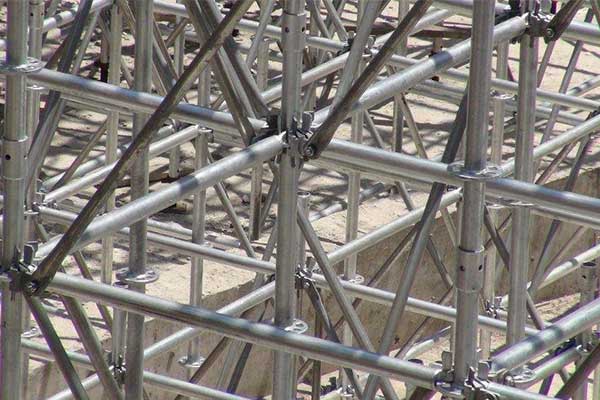EN39 vs BS1139 Scaffold Standard: What’s the Difference
When selecting scaffolding materials for construction or industrial use, compliance with established standards is crucial for safety, durability, and regulatory approval. Among the globally recognized standards, EN39 and BS1139 are two prominent ones used for scaffolding tubes and fittings. While these standards may seem interchangeable, understanding their differences can help ensure the right choice for your project needs.

What is EN39?
EN39 is a European standard that specifies the technical requirements for steel tubes for use in scaffolding. It outlines the dimensions, tolerances, and mechanical properties required to ensure that scaffolding tubes are strong and reliable.
Key Characteristics of EN39:
- Material: Steel, typically hot-dip galvanized for corrosion resistance.
- Dimensions: Outer diameter of 48.3mm with a nominal wall thickness of 3.2mm or 4mm.
- Weight: Standardized to optimize strength-to-weight ratio, aiding portability and ease of assembly.
- Testing Requirements: Includes mechanical and chemical property tests, such as tensile strength and elongation.
EN39 is commonly used across European construction projects where compliance with EU safety directives is mandatory.

What is BS1139?
BS1139 is a British standard that provides comprehensive guidelines for scaffolding components, including tubes, fittings, and couplers. This standard emphasizes not just the specifications of scaffolding tubes but also the design, testing, and performance criteria for other structural elements.
Key Characteristics of BS1139:
- Material: Steel, often hot-dip galvanized or powder-coated for extended durability.
- Dimensions: Scaffolding tubes have a similar diameter of 48.3mm, but wall thickness may vary depending on application and material grade.
- Component Compatibility: Covers the entire scaffolding system, including fittings and couplers, ensuring full structural integrity.
- Global Usage: Widely recognized internationally, particularly in regions such as the Middle East, Asia, and Africa.
BS1139 is versatile and commonly adopted in a variety of construction projects, making it a standard of choice for multinational projects and companies.
Key Differences Between EN39 and BS1139
| Aspect | EN39 | BS1139 |
|---|---|---|
| Scope | Focuses on scaffolding steel tubes only. | Covers tubes, fittings, and couplers. |
| Material Specs | Steel tubes with specific wall thickness (3.2mm or 4mm). | Broader material options and thicknesses. |
| Application | Mainly in Europe for tubular scaffolds. | Internationally recognized for diverse scaffolding systems. |
| Testing Standards | Mechanical tests specific to tube performance. | Includes tests for fittings, couplers, and system compatibility. |

How to Choose Between EN39 and BS1139?
The choice between EN39 and BS1139 largely depends on your project’s location and specific requirements. For example:
- If your project is in the European Union, EN39-compliant tubes may be mandated by local regulations.
- For projects in regions like the Middle East or Asia, BS1139 scaffolding components are often preferred due to their comprehensive scope and global recognition.
BS1139 and En 39 standard scaffolding tubes are used to produce a system scaffold of ringlock, cuplock, kwikstage too.
Conclusion
Both EN39 and BS1139 play a vital role in ensuring scaffolding safety and reliability. While EN39 provides a streamlined standard for scaffolding tubes, BS1139 offers a holistic approach to scaffolding systems, making it suitable for complex and global projects. By understanding the differences and project requirements, you can make an informed decision to meet safety and performance standards effectively.
If you’re looking for high-quality scaffolding products that comply with EN39, BS1139, or other international standards, feel free to explore our range of certified scaffolding solutions. Contact us today for expert guidance and support tailored to your needs!
